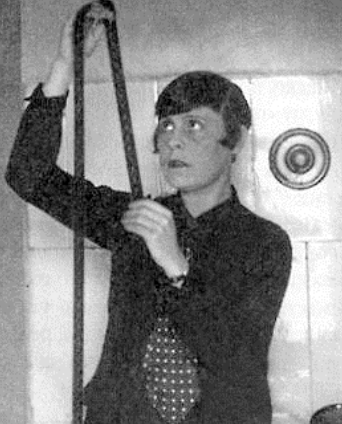Ever Wondered about the Sources of Funding for Apparatus?
Apparatus Journal is an independent open access journal committed to transparency, which also applies to its sources of funding: We have received support exclusively from universities and institutions in Germany, the United Kingdom, Austria, Norway, the United States, and Switzerland.
Lesen Sie mehr über Ever Wondered about the Sources of Funding for Apparatus?
 Editor Lilia Brik in 1928
Editor Lilia Brik in 1928



